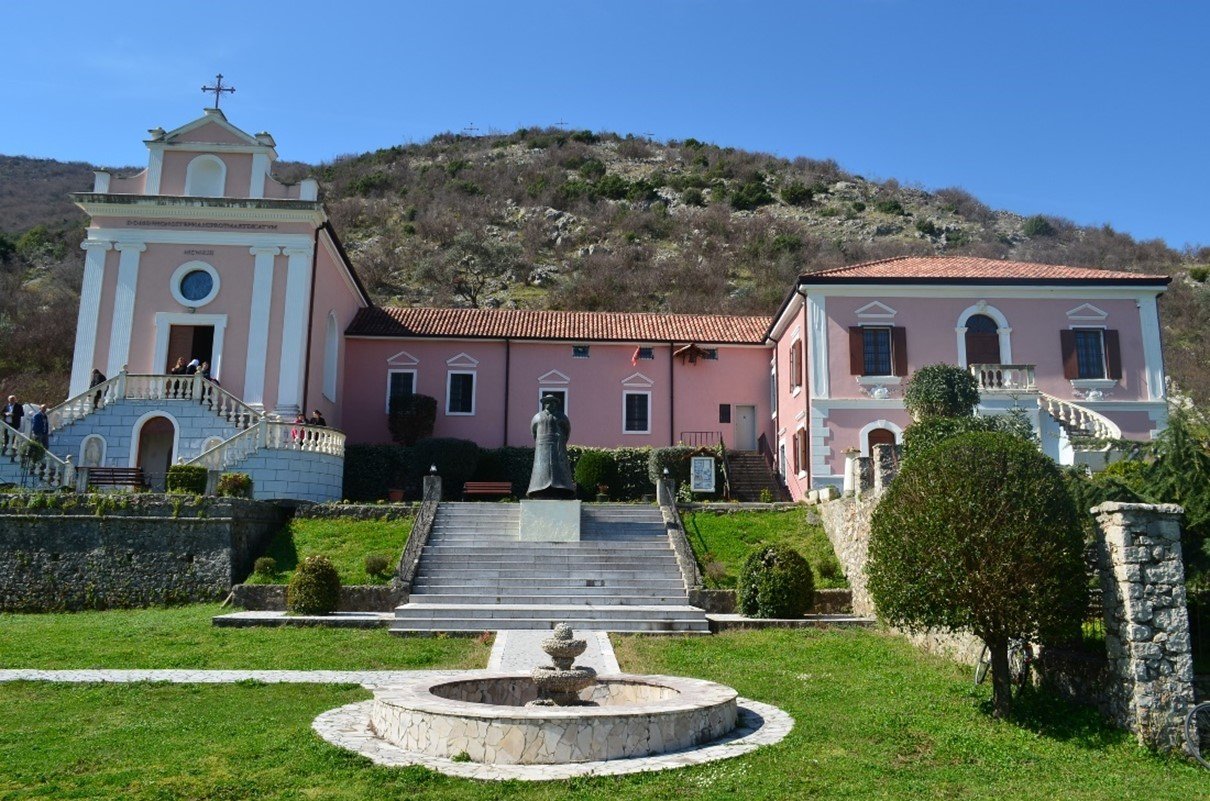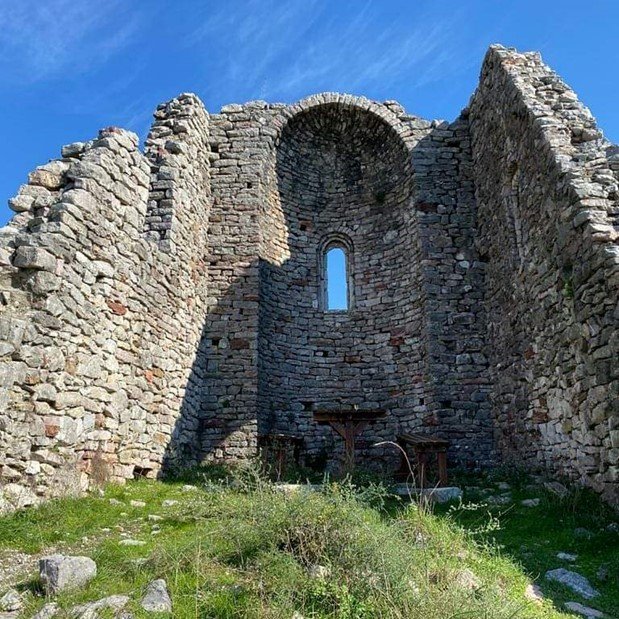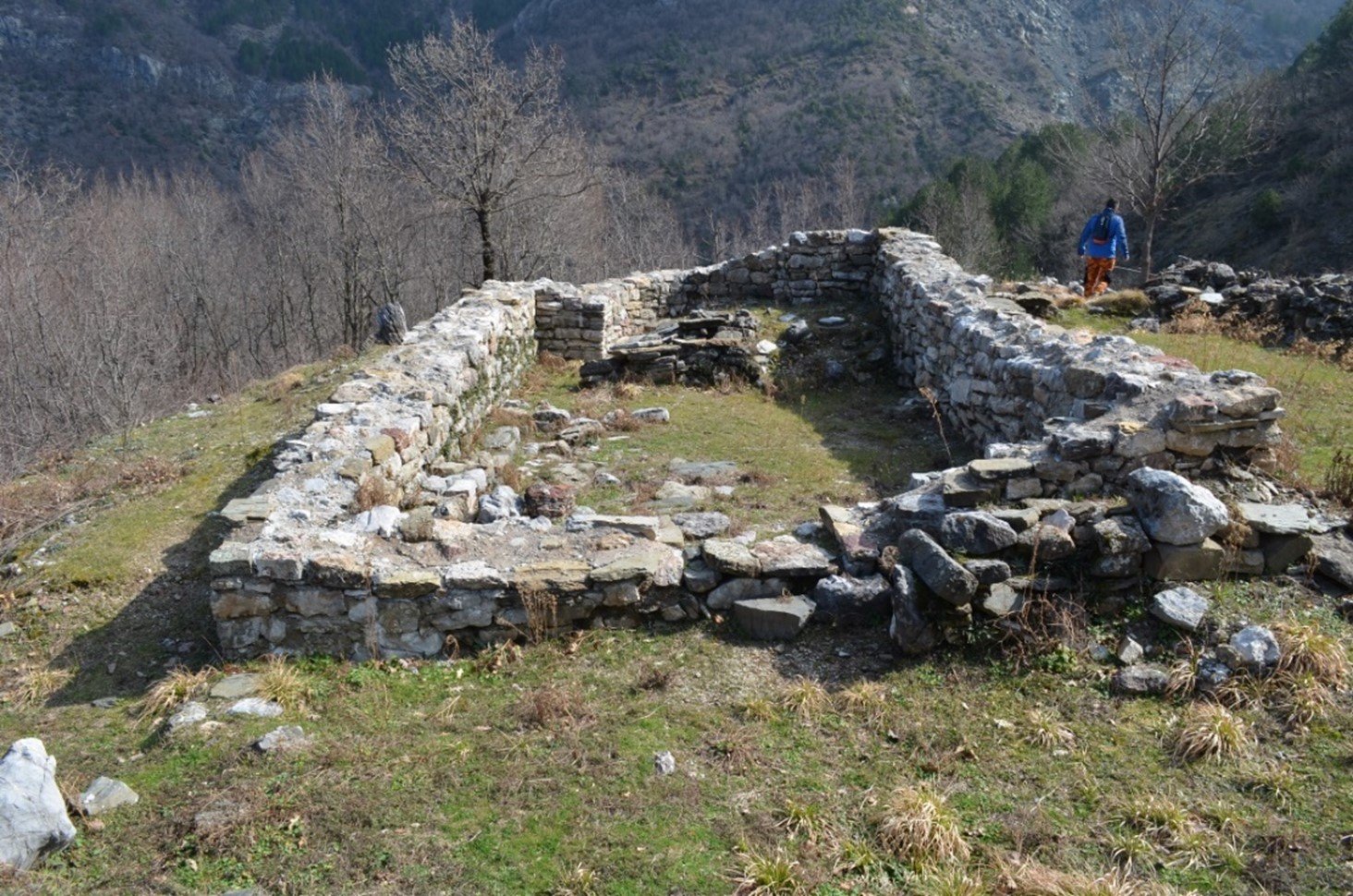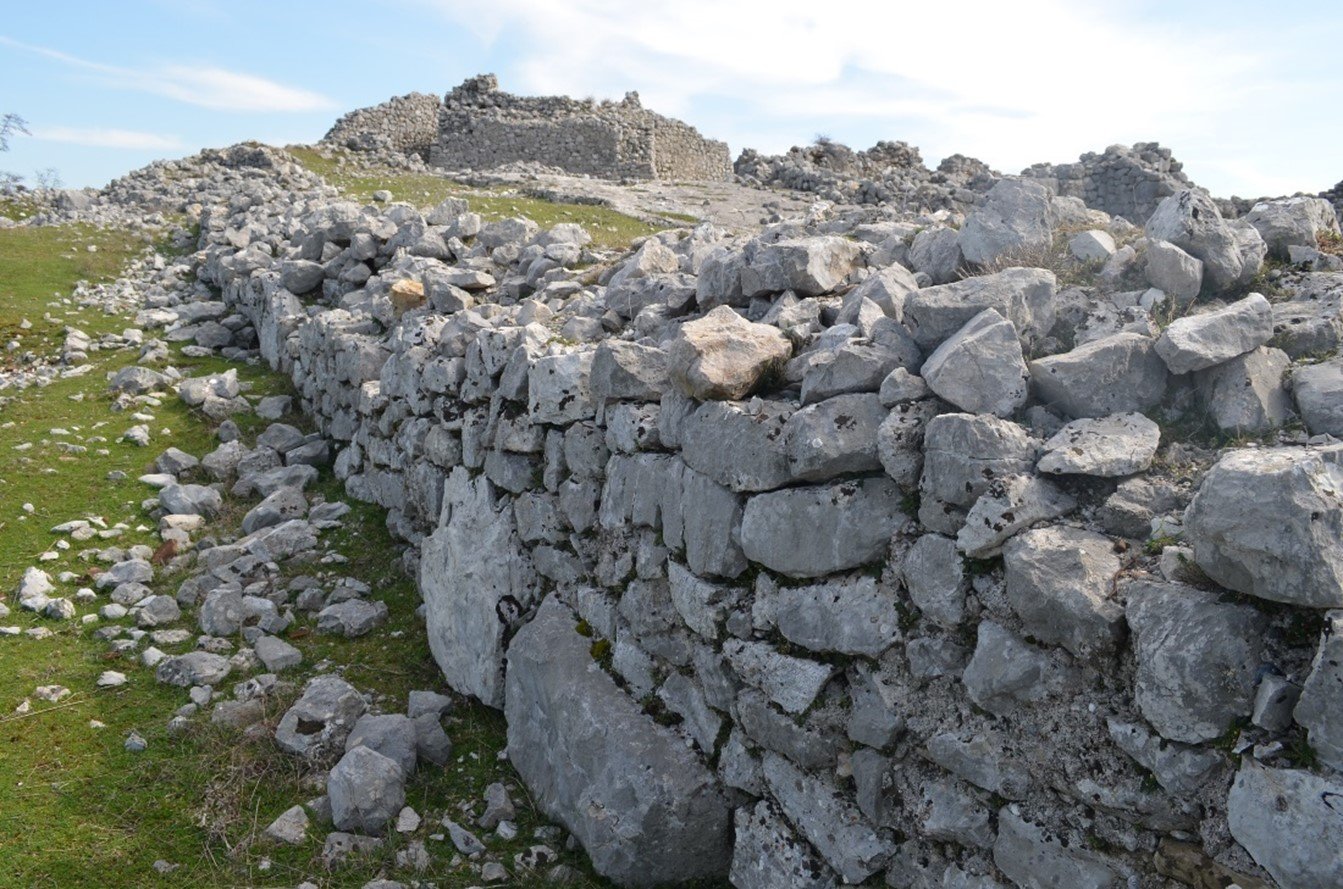The Vigu Castle is a plain, Illyrian-Roman fortress that dates back to the end of the 3rd and the beginning of the 4th century AD, during the reign of the emperors Diocletian and Constantine. It is one of the few Illyrian Roman field forts (there are a total of three such in the Albanian territory) and its construction in the field is related to the fact that the period when it was built was calmer in terms of attacks by barbarian tribes.
The castle served for the surveillance and protection of trade routes and was built exactly where the trade routes between Lezha and Nis, Shkodra and Oroš and Lezha-Pukë-Prizren intersect.
The fort covers an area of 5,600 square meters and has an irregular quadrangular structure with sides of 75 to 98 meters and is equipped with 12 towers. The eight defense towers of the walls have a regular quadrangular shape while the four corner towers are in the shape of a quarter circle in order to increase the defense angle of the castle. Between the two walls placed opposite each other are the two gates of the castle. The technique of building the walls is typical of the period with small, loose stones connected to each other with lime. The streams of Voma and Gjadri that flow nearby have created natural defensive moats for the castle. Traces of walls and foundations were found in the interior, but it was not possible to identify what kind of buildings they belonged to.
Vigu Castle as a toponym is also known as Kastri i Vigut and there are many Albanian and foreign historians who connect this castle with Skanderbeg’s birthplace based on his last name (Kastrioti which means from Kastri). According to these historians, Skanderbeg’s father also lived in this castle until the end of his life. This important center requires more in-depth research as it is thought that this castle and the surrounding area was an important Illyrian arboretum center until the 18th century.
After its abandonment, the castle was greatly damaged by the flow of two streams that pass very close to its surrounding walls, but also by the irresponsibility of the treasure hunters, who with the pits dug by them, in different areas of it, have left large traces of the destruction of this important and unique object of national memory.





